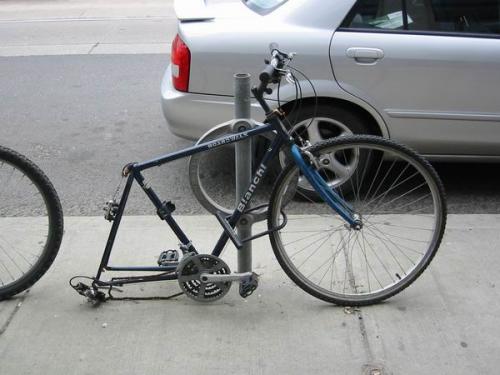Update: the URL was wrong. This corrected one will work.
From the desk of the bike union, there's a survey on the maintenance of the Martin Goodman Trail (waterfront trail) through this last winter. Fill in the survey: http://www.surveymonkey.com/s.aspx?sm=2YB5Jp2tFqQzWsyEj4aB3Q_3d_3d
Last fall, the Toronto Cyclists Union gave deputations in favour of a winter snow clearing pilot project for the Martin Goodman Trail. Once it was approved to go ahead, we agreed to help the Transportation department gather feedback from cyclists about how successful they felt the initiative was.
If you used the Martin Goodman Trail over the winter, now is your chance to let the City know what you thought of their winter trail maintenance efforts.
Transportation Services maintained the Martin Goodman Trail in wintertime from the north side of Northern Dancer Blvd to Sherbourne Street and Stadium Road to Windermere Avenue from January 2009 onwards, for the first time. If you used the Trail during that time, please complete this short survey (one survey per computer).


